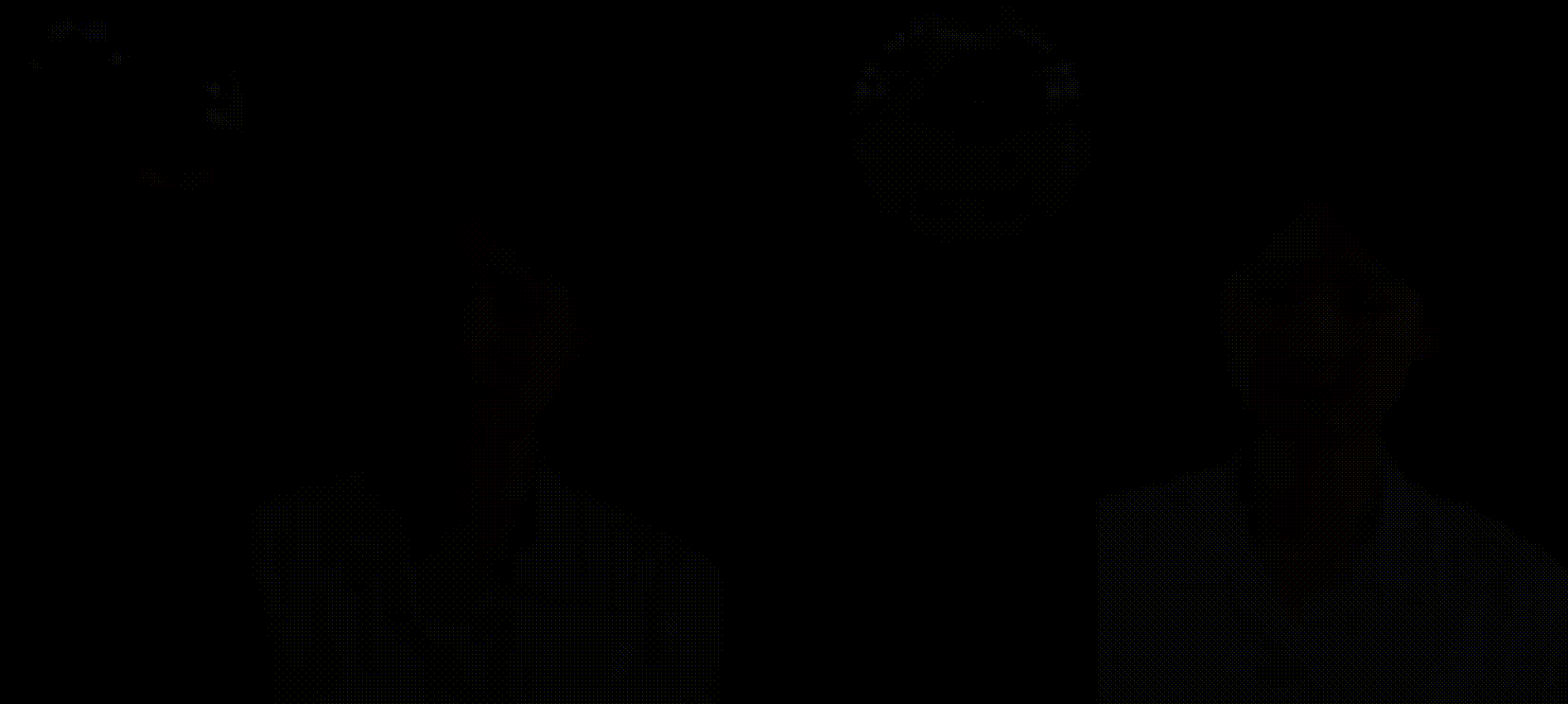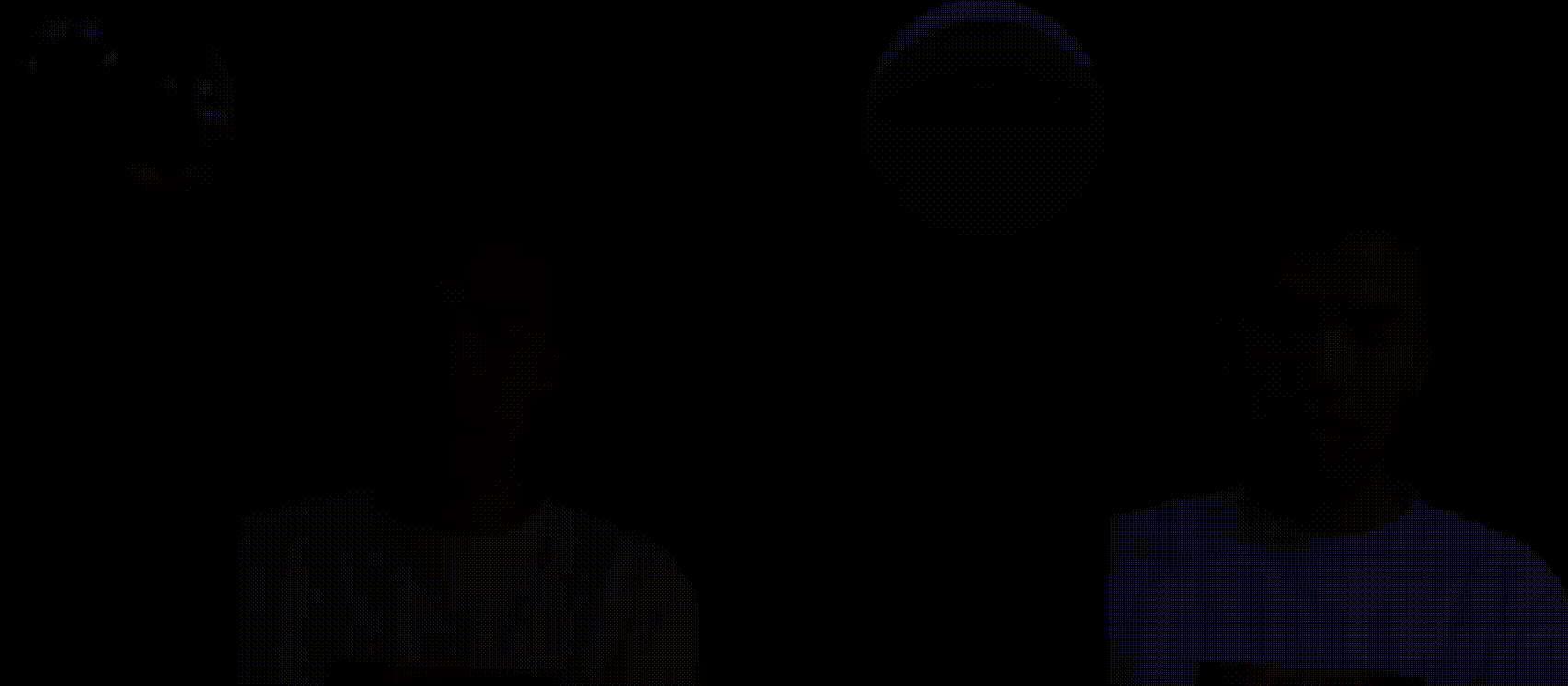Relit-NeuLF: Efficient Relighting and Novel View Synthesis via Neural 4D Light Field
ACM MM 2023
[Paper] [Dataset] [Code] [Video]

[Paper] [Dataset] [Code] [Video]










@article{li2023relitneulf,
title={Relit-NeuLF: Efficient Novel View Synthesis with Neural 4D Light Field},
author={Li, Zhong, Song, Liangchen, Chen, Zhang, Du, Xiangyu, Chen, Lele, Yuan, Junsong, Xu, Yi},
booktitle={Proceedings of the 31th ACM International Conference on Multimedia},
year={2023}
}